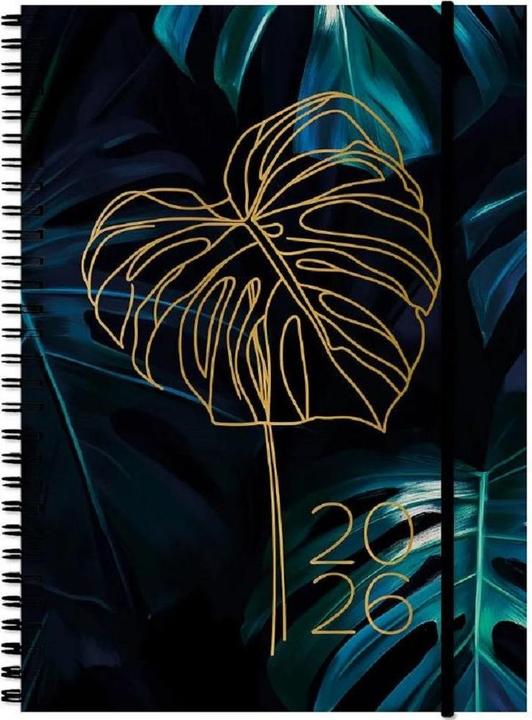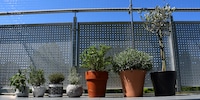
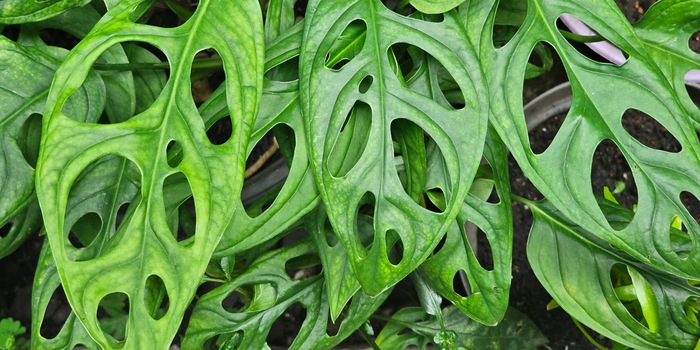
Why monstera leaves have holes
The most striking feature of the monstera plant are its holey leaves. But these don’t serve a purely aesthetic purpose, they’re essential for the plant’s survival. And you can encourage more holes to come through yourself.
They’re iconic. Monstera leaves are used on bottles, notebooks, cups, shirts and smartphone covers. I can’t think of a single object the tropical houseplant hasn’t covered. The main reason it’s so popular? The shape of its leaves. Or rather, the holes in them.
But what are these holes – known botanically as fenestration – actually for? The monstera’s not called Window leaf or Swiss cheese plant for nothing.
Light for below
There are numerous speculations about the holes. For example, that they help the plant resist storms. But most of these speculations have little substance and can’t be scientifically confirmed. The strongest evidence-based theory comes from Christopher Muir at Indiana University.
The assistant professor of botany suspects that the light conditions in tropical rainforests play a role. Monsteras grow from the forest floor up the trees towards the light. They can only survive by catching the few rays of sunlight that penetrate the dense canopy. Thanks to the holes, there’s a greater chance that the lower leaves of the plant will also get some light.
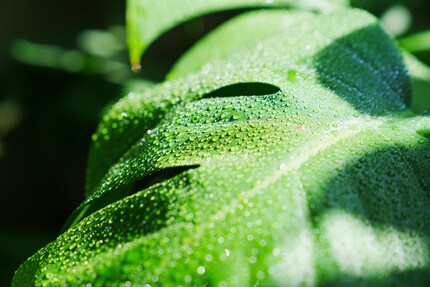
Source: MashaSay/Shutterstock
Tips for more holes
What works in the rainforest can also be applied in the urban jungle. If you want to increase the number of holes in your monstera in the living room, this plant guide suggests the following:
- If your monstera is in direct sunlight, move it slightly away from the window. Indirect sunlight roughly recreates the conditions under the canopy of leaves in the jungle, where the plant stretches out towards the sun.
- When it starts climbing upwards, you can support your monstera from a height of around 70 centimetres with a climbing aid, for example a moss stick.
- Monsteras form fenestrated leaves with increasing size. When your plant reaches a span of about one metre, you can cut off older, smaller leaves at the base of the plant. New, larger leaves with more holes should grow back.
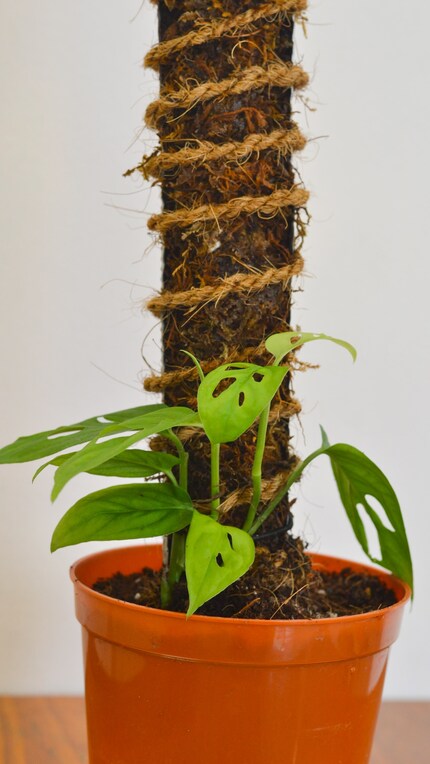
Source: Vikram W/Shutterstock
Last but not least, it helps to imitate the weather conditions in the rainforest. Spray your plant once or twice a week with decalcified water or use a humidifier. Water it every seven to 14 days, use a nitrogenous fertiliser every two to four weeks during the active growth phase and keep it away from cold or draughty locations.
Good luck and here’s to some new holes soon!
How do you take care of your monstera? Let me know in the comments.
I love anything with four legs or roots - especially my shelter cats Jasper and Joy and my collection of succulents. My favourite things to do are stalking around with police dogs and cat coiffeurs on reportages or letting sensitive stories flourish in garden brockis and Japanese gardens.
Practical solutions for everyday problems with technology, household hacks and much more.
Show all